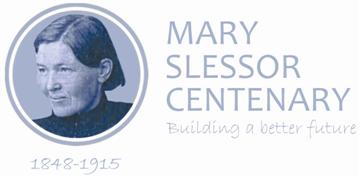After returning from her first furlough in 1880, Mary was sent to Old Town in Calabar a few miles from Duke Town. From then on she proceeded to work in increasingly remote villages up river, setting up new missions and building churches and schools. As the only missionary in these areas, she was helped by the local people to build mission houses but often lived in very basic mud huts sleeping on the floor surrounded by her children and others she had rescued and their mothers.
One of the ways in which Mary tried to improve the lives of the villagers in the communities in which she lived and worked, was to encourage the tribes to trade with each other instead of fighting. Her skill in speaking Efik, which was the main trading language, meant that she could converse easily with local leaders and discuss the benefits of trade.
She contacted King Eyo VII in Creek Town and asked him to invite a delegation of tribesmen from Okoyong to come and discuss the possibility of trading their palm oil and other produce. Considerable discussion was needed to persuade the Okoyong Chiefs to leave their weapons behind before embarking on the visit, which they eventually agreed to as long as Mary came along as well.
Chiefs became aware of the benefit of their people being able to speak English to trade more widely and so numbers in her classes increased to learn ‘Book’ as they called the Bible teaching. This was not necessarily to be able to learn the Bible, but to be able to negotiate with other traders from other countries in Calabar port.
